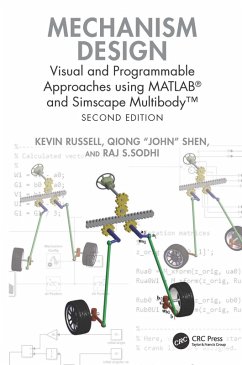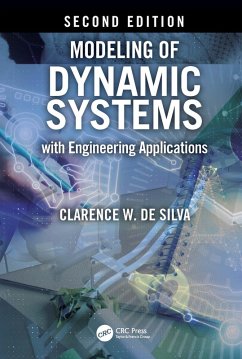
Raising and Lowering Vibration Isolator via Asymmetric Damping Adjustment (eBook, ePUB)
Application in Vehicle Height and Attitude Control
Versandkostenfrei!
Sofort per Download lieferbar
118,95 €
inkl. MwSt.
Weitere Ausgaben:

PAYBACK Punkte
59 °P sammeln!
This book introduces an approach of controlling vehicle height and attitude by actively raising and lowering vibration isolators via asymmetric damping adjustment.The first section of this book identifies the theoretical foundation of asymmetric damping adjustment and discusses practical applications and the significance of this advancement. The second section discusses the mechanics and laws governing the active raising and lowering of the vibration isolator. The final two sections present the application of this method by incorporating a number of control strategies, including model predicti...
This book introduces an approach of controlling vehicle height and attitude by actively raising and lowering vibration isolators via asymmetric damping adjustment.
The first section of this book identifies the theoretical foundation of asymmetric damping adjustment and discusses practical applications and the significance of this advancement. The second section discusses the mechanics and laws governing the active raising and lowering of the vibration isolator. The final two sections present the application of this method by incorporating a number of control strategies, including model predictive control, hybrid model predictive control, and active disturbance rejection control. The methodology is validated through simulation and co-simulation under various vehicle conditions.
This book will be of interest to automotive engineers and those interested in the field of mechanics, vibration, and control.
The first section of this book identifies the theoretical foundation of asymmetric damping adjustment and discusses practical applications and the significance of this advancement. The second section discusses the mechanics and laws governing the active raising and lowering of the vibration isolator. The final two sections present the application of this method by incorporating a number of control strategies, including model predictive control, hybrid model predictive control, and active disturbance rejection control. The methodology is validated through simulation and co-simulation under various vehicle conditions.
This book will be of interest to automotive engineers and those interested in the field of mechanics, vibration, and control.
Dieser Download kann aus rechtlichen Gründen nur mit Rechnungsadresse in A, B, BG, CY, CZ, D, DK, EW, E, FIN, F, GR, HR, H, IRL, I, LT, L, LR, M, NL, PL, P, R, S, SLO, SK ausgeliefert werden.













